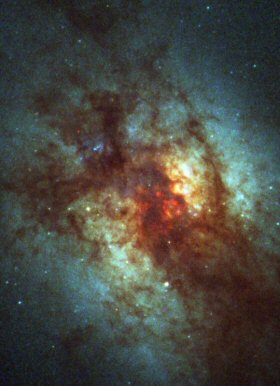
NASA’s Hubble Space Telescope has snapped some pictures of the dusty core of two merging galaxies and uncovered a region where star formation has gone wild. The colliding galaxies appear as a single, strange looking galaxy named Arp 220 (the galaxy is the 220th object in Halton Arp’s Atlas of Peculiar Galaxies). Astronomers say the Arp220 collision is the brightest of the three galactic mergers closest to Earth.
Hubble’s Advanced Camera has uncovered more than 200 mammoth star clusters in Arp220. The newly found clusters far outnumber the 6 spied by Hubble in a 1992 observation of Arp 220 taken by the Wide Field Planetary Camera, which did not have the sharpness of the Advanced Camera. The largest Arp 220 cluster contains enough material to equal about 10 million suns, which is twice as massive as any comparable star cluster in our own Milky Way. The clusters are so compact, however, that even at their moderate distance they look to Hubble like brilliant single stars (the clusters are the bluish-white dots scattered throughout the image on the right). But astronomers know the clusters are not stars because they are much brighter than a star would be at a distance of 250 million light-years.
The star birth frenzy is happening in a very compact region, around 5,000 light-years across where the gas and dust is very dense.
Wilson’s team obtained measurements of the masses and ages for 14 of the clusters, which allowed them to more accurately estimate the masses and ages for all the clusters. The observations revealed two populations of star clusters; one less than 10 million years old, the other 70 – 500 million years old. Clusters in the younger group are more massive than those in the older group. Wilson doesn’t know whether the flurry of star birth occurred at two different epochs or at a continuous frantic pace and perhaps they are not seeing the intermediate-age population. She does know that the starburst was fueled by a collision between two galaxies that began about 700 million years ago. The effects of the merger have stretched out over hundreds of millions of years.
Writing in the Astrophysical Journal, Wilson explained that Arp 220 is known as an ultra-luminous infrared galaxy (ULIRG). ULIRGs are the products of mergers between galaxies, which can create firestorms of star birth. Starlight from the new stars heats the surrounding dust, causing the galaxies to glow brilliantly in infrared light. But only a small amount of visible light escapes through the dust-enshrouded galaxy. If astronomers had an unobstructed view of Arp 220 in visible light, the galaxy would shine 50 times brighter than our Milky Way Galaxy.
Wilson said that Arp220 will continue to manufacture star clusters until it exhausts all of its gas, which at the current rate will happen in about 40 million years. Then, Arp 220 will look like the elliptical galaxies seen today, which have little gas. But some of the giant clusters – those that are now only 100 million years old – will still be there.



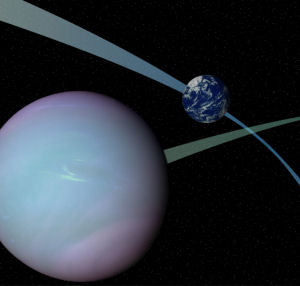
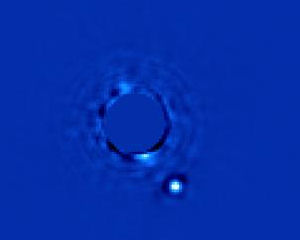
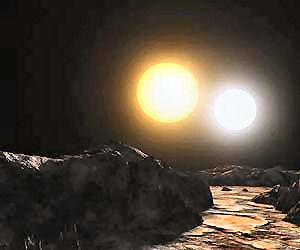
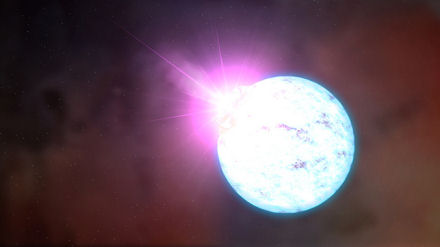


![Star Formation [Counterstrike] ENG Battletech TCG picture](/store/img/g/jlgAAOSwa1Rl4FU5/s-l225/Star-Formation-Counterstrike-ENG-Battletech-TCG.jpg)



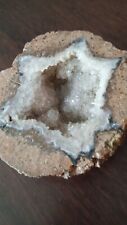

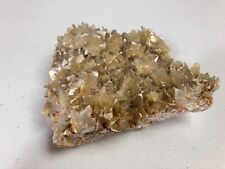


Comments are closed.